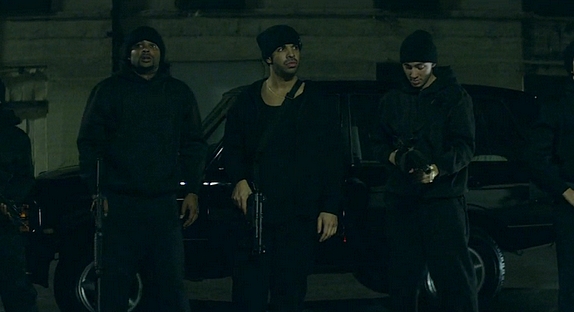- Exotic
- Dangerous
- Humorous
- Pitied
Certain ethnic groups can be represented as being exotic. This is sometimes portrayed through Latino Americans as they are seen as being sex symbols and are represented as being rather explicit. This idea is presented through the usage of their transparent clothing, which is deemed as inappropriate to the rest of society, and controversial behaviour e.g. celebrities such as Shakira which is shown through music videos.

Dangerous
Some ethnic groups can be portrayed as dangerous through the analysis of certain people's behaviour. For example, characters in soaps such as Eastenders with a different ethnic background to others is related to violent and aggressive behaviour e.g. abuse. By this representation through the media it creates an awareness so the audience relates this behaviour to the rest of the ethnic group. This is a very prevalent theme through Rap music which makes it a very widely 'accepted' stereotype that black males are a very violent ethnic group.

Humorous
Other ethnic groups are represented as being humorous through the use of animation and cartoon characters such as Simpsons. This is a stereotypical view of people who are apart of an ethnic group that has been portrayed through the media for example in films. Some movies with a black American man is tend to be seen to make particular jokes against his race or ethnicity. By doing this it creates a humorous affect for the audience and makes a comedic atmosphere.
Pitied
Adverts and documentaries raise awareness for African people and young children who are in need of water and food in order to survive. By doing this not only is it presenting real problems in the world but also creating an atmosphere of pity within the audience which in turn persuades members to pay and portray beneficial methods so they can help these young children in need. An atmosphere of sadness is also made by audience/viewers identifying the lack of basic necessities some children have compared to themselves.


No comments:
Post a Comment